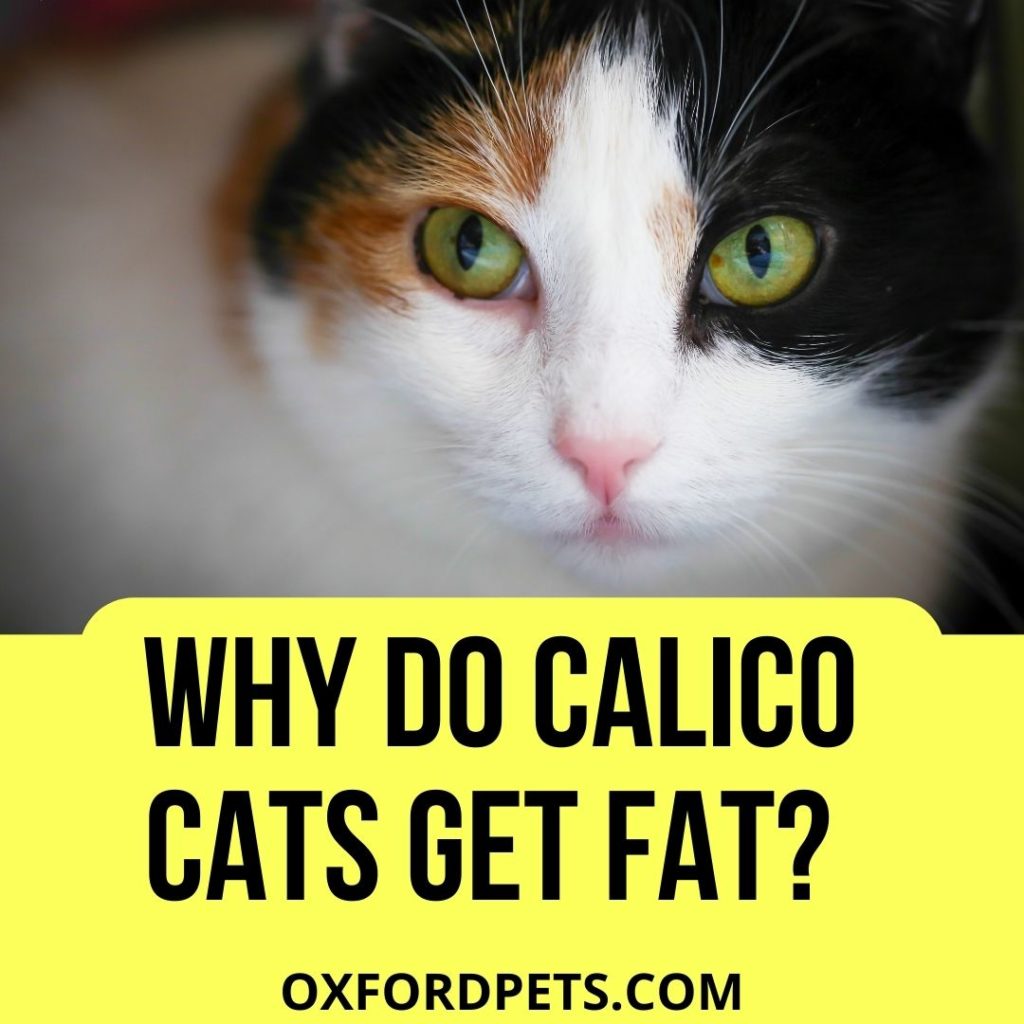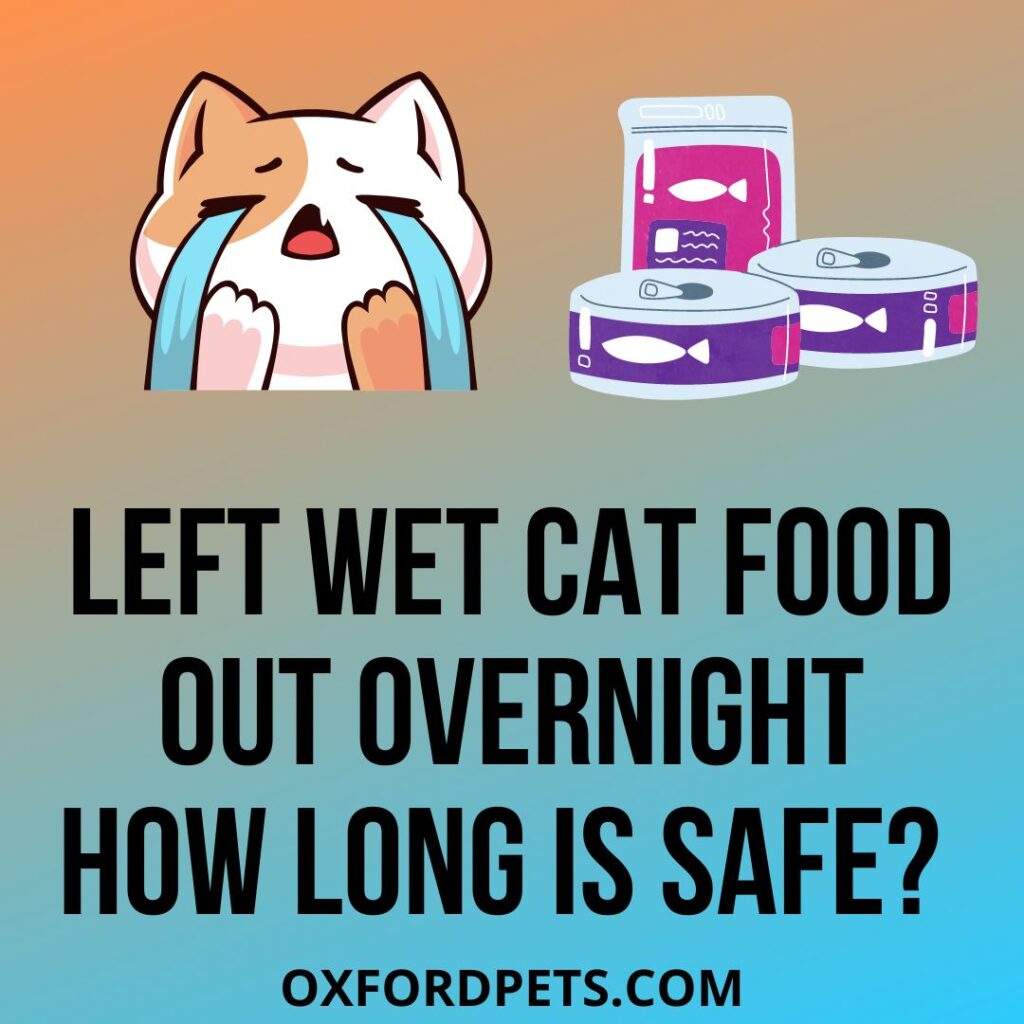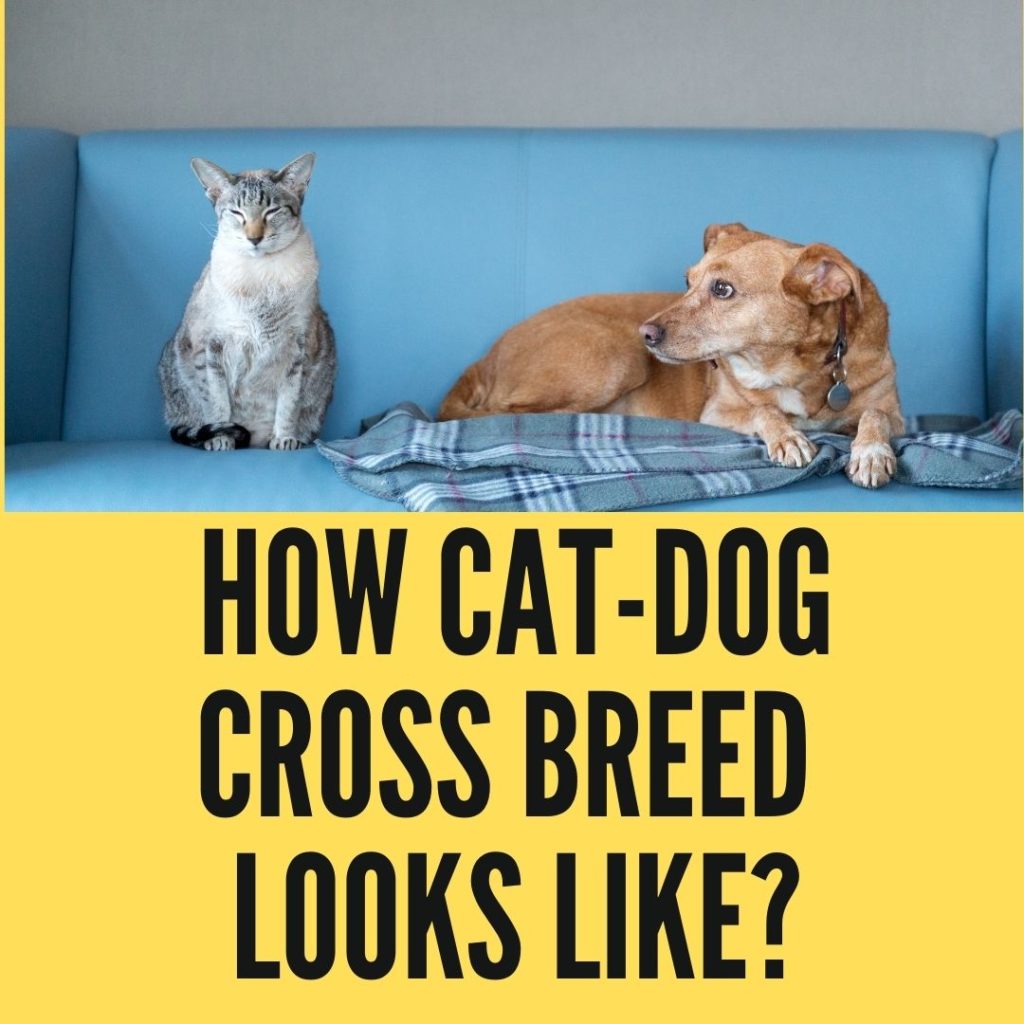So, why do calico cats fat? To answer that question in one word, it is genetics. As it turns out, there’s more to being overweight than eating too much food or not exercising enough. Genetics plays a huge role in how your cat’s body processes food – some breeds have an easier time gaining weight than others, no matter how little they eat or how much they exercise.
This means that even if you feed your cat properly, monitor her weight, and encourage her to exercise, your plump kitty might be one of the unlucky ones.
Calico cats are often female
Calico’s Physical Traits and Lifespan
Calico cats are typically female, usually with multiple X chromosomes. This makes the calico cat more likely to become obese than male cats or other female cats with normal chromosomes. The extra hormones cause the cat to feel hungry more often and seek out food.
The average lifespan for calico cats is 11 years compared to about 15 years for non-calicos. Calicos tend to be fatter than other breeds, which also lowers their life expectancy.
Colors, Patterns, Pigmentation and Genes
The color pattern comes from a gene that causes them to have an abundance of certain pigments in certain areas of their body.
The white patches are just areas where no pigment exists, but at that same location on the chromosome, there may be less pigment elsewhere on the body, which causes their coat color to be lighter overall.
The lack of pigmentation in other areas causes the leopard-like spots that calicos are so famous for. The places with the most pigment are usually on the cat’s belly and face.
Calicos also have very little white fur on their feet because there is no pigment present where it should be, making them appear almost completely black.
As many as one in three thousand tortoiseshells or calico cats are male due to a rare genetic defect that causes them to receive two X chromosomes (XXY) instead of the normal XY pair found in normal male cats.
Another cause of obesity is how female hormones play havoc with a cat’s metabolism; they can cause weight gain and even drive the animal to eat more than usual.
Calico’s Hunting Abilities
Calicos also tend to be poor hunters in comparison to other cats because they have lower muscle mass due to obesity.
Calicos sometimes do not react as quickly to movement or changes in their surroundings as smaller, lighter cats would, which can affect their hunting ability substantially. This causes them to become domesticated much faster than the average feline.
They are usually larger than normal females, but unaltered calicos may weigh between 10-20% less than tabbies of the same size since they carry less lean muscle mass for their size. Since female hormones decrease a cat’s metabolic rate, it slows down how fast the animal burns calories.
Calico cats are fat because of the hormones they have in their bodies
Researchers have found that calico cats are predisposed to being overweight. A study conducted by Cornell University found that calicos were 74 percent more likely to be obese compared to other cat breeds.
This is likely due to a hormone imbalance stemming from the pigment deposition of the cat’s fur.
Normally, high levels of estrogen suppress appetite and stimulate metabolism, which keeps weight under control. Calicos produce more than usual amounts of estrogen due to having three X chromosomes instead of just two, like most female mammals.
As a result, their bodies become “super-feminized” and less sensitive to certain hormones. The overall result is a cat that is more likely to have a slower metabolism, leading to weight gain.
Calico cats are not the only ones that get fat from hormones
Not just calicos experience health issues due to their hormones – humans can too! Women with high estrogen levels in their bodies, such as women with conditions like polycystic ovary syndrome, may also struggle with obesity and difficulty losing weight.
The body becomes resistant to insulin in these individuals, leading to a higher risk of heart disease and type 2 diabetes mellitus. This same hormone imbalance seems to affect animals too.
All this being said, it would seem clear why calico kitties are more likely obese. However, there is one last thing to consider.
Genetics can also play a huge role in why calicos get fat
Not only do calicos inherit their unique coloration from their genetic background, but they also inherit the genes that determine pigment deposition on each hair and where it goes.
Cats with less pigment in their fur will typically have fewer health problems because the body isn’t putting as much stress on growing and maintaining so many extra hairs.
The concentration of xanthophores (pigment-containing organelles) and melanocytes (cells that produce black or brown pigments) determines coat color for cats, including calico ones.
The researchers who discovered that calicos are predisposed to obesity were also able to find out that as a result of how their coat color is produced, they tend to have fewer pigment cells in their skin than other cats.
This means there are fewer pigment deposits on each hair. It also means that these kitties may have more trouble staying warm during the colder months because they don’t have as much protection against the cold.
Unfortunately, this can lead to many medical issues down the road. With less subcutaneous fat under their skin, calico kittens are especially vulnerable between two and seven weeks of age if owners keep them warm.
Prolonged exposure at this time can cause severe hypothermia and even death.
For this reason, calico kittens require an ambient temperature environment, until they are at least two months old.
Additionally, breeding cats with this coat color should not be done since it has been linked to deafness, blindness, and metabolic problems like glycogen storage disease.
Pet owners should think twice before getting themselves or their children a calico cat to prevent any health issues that could lead to obesity down the road.
- Do Calico Cats Shed More?
- Why Do Calico Cats Have 3 Colors?
- Why Do Calico Cats Meow So Much?
- Can Calico Cats Have Babies?
Conclusion
Why do calico cats get fat? To answer this question once more, the main reason calicos get fat is their hormones. Female calicos produce more estrogen than usual, making them likely to become obese compared to non-calico cats. Genetics also plays a role in determining if these kitties will become obese.




